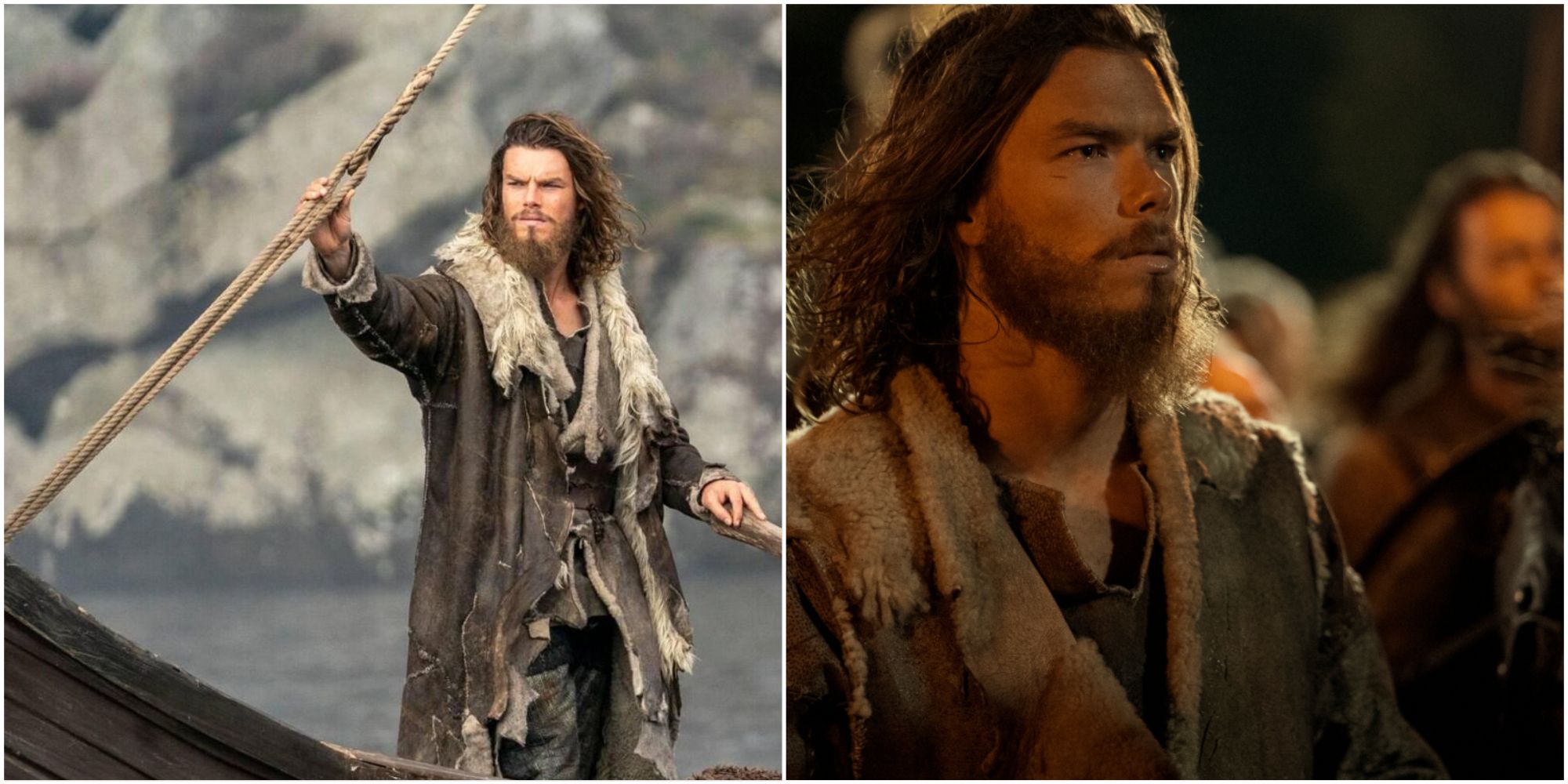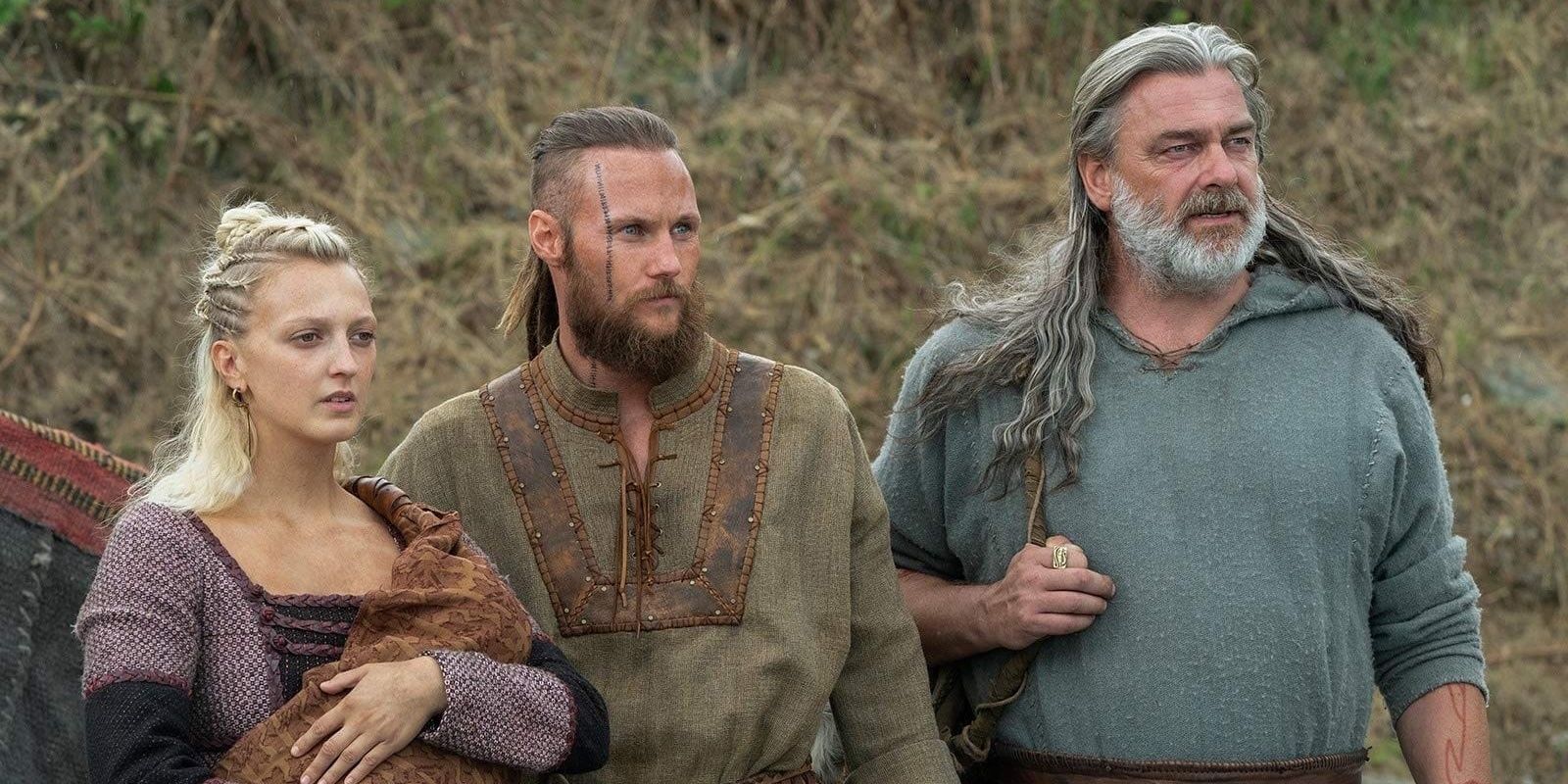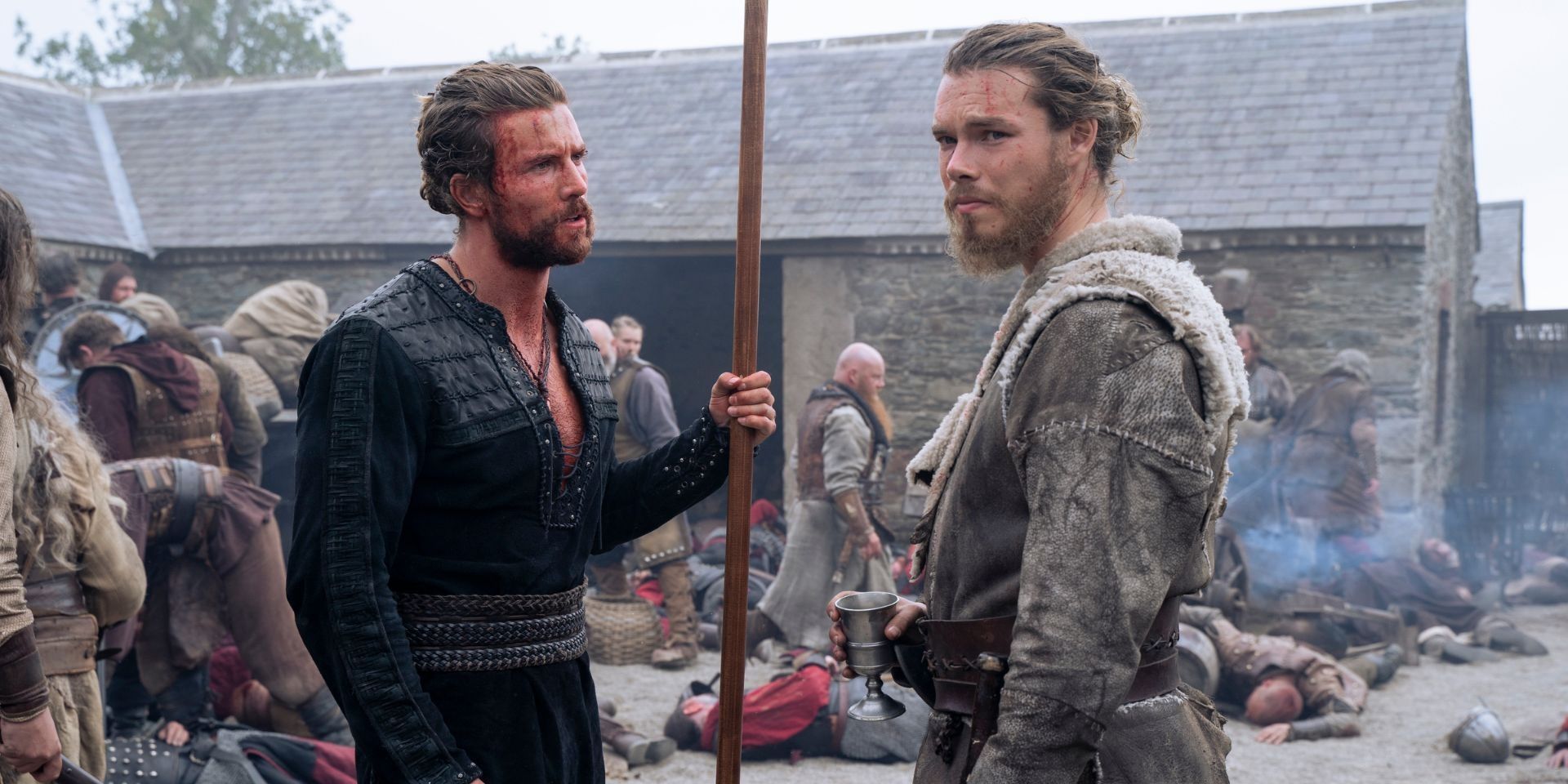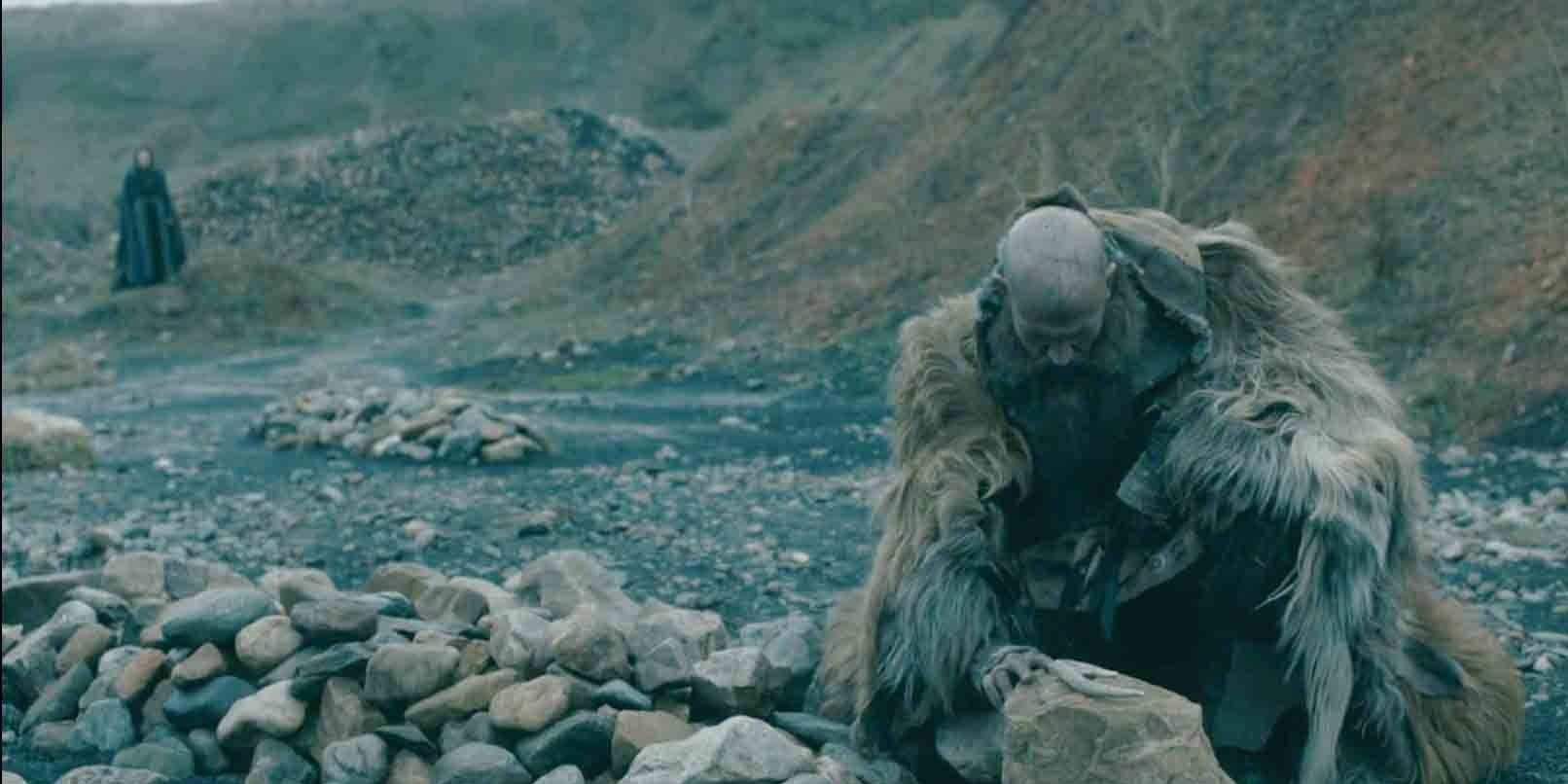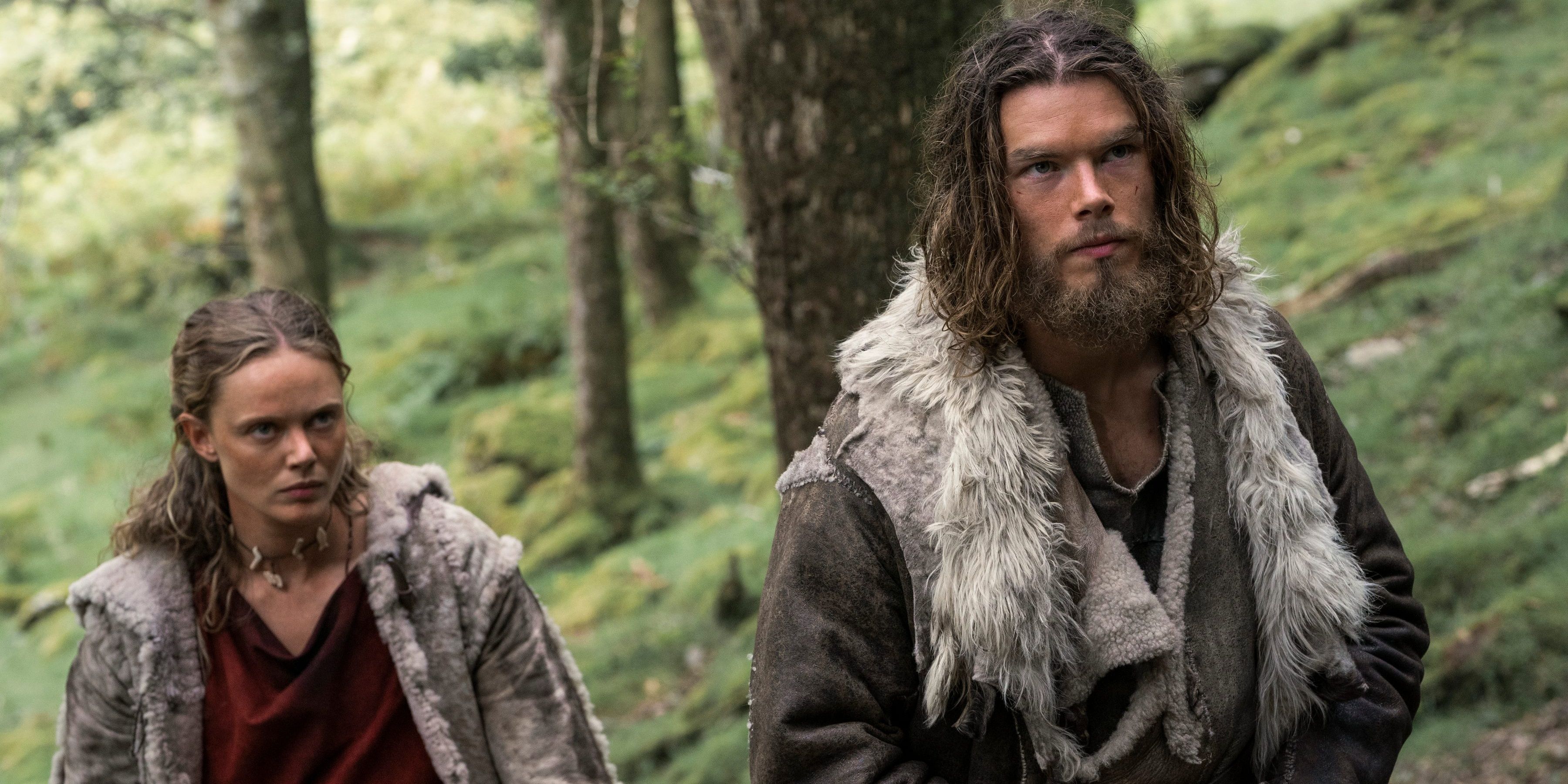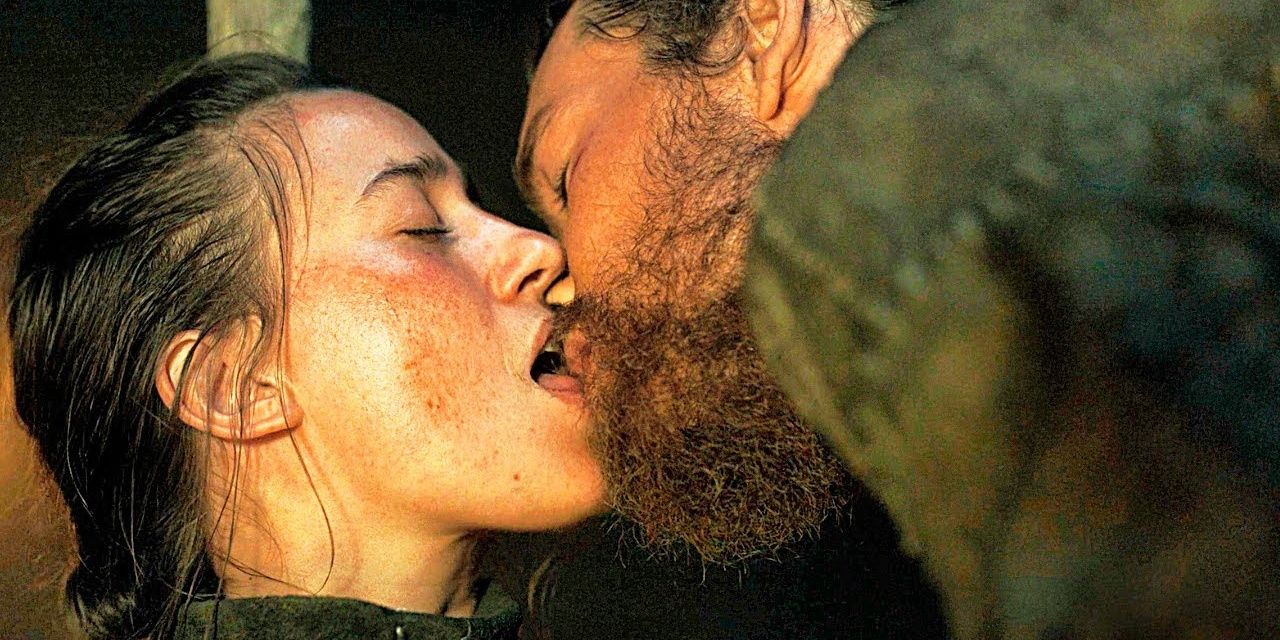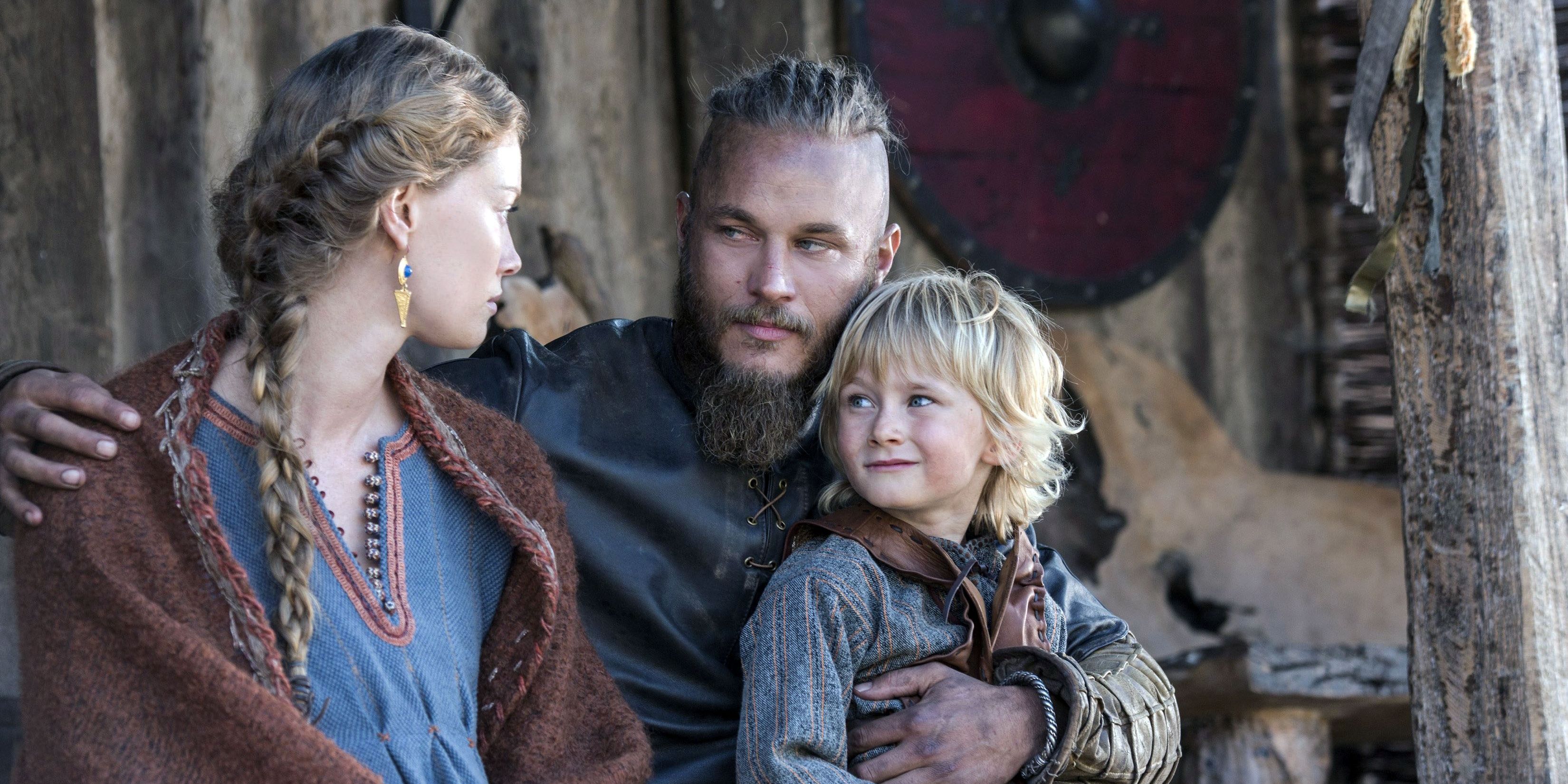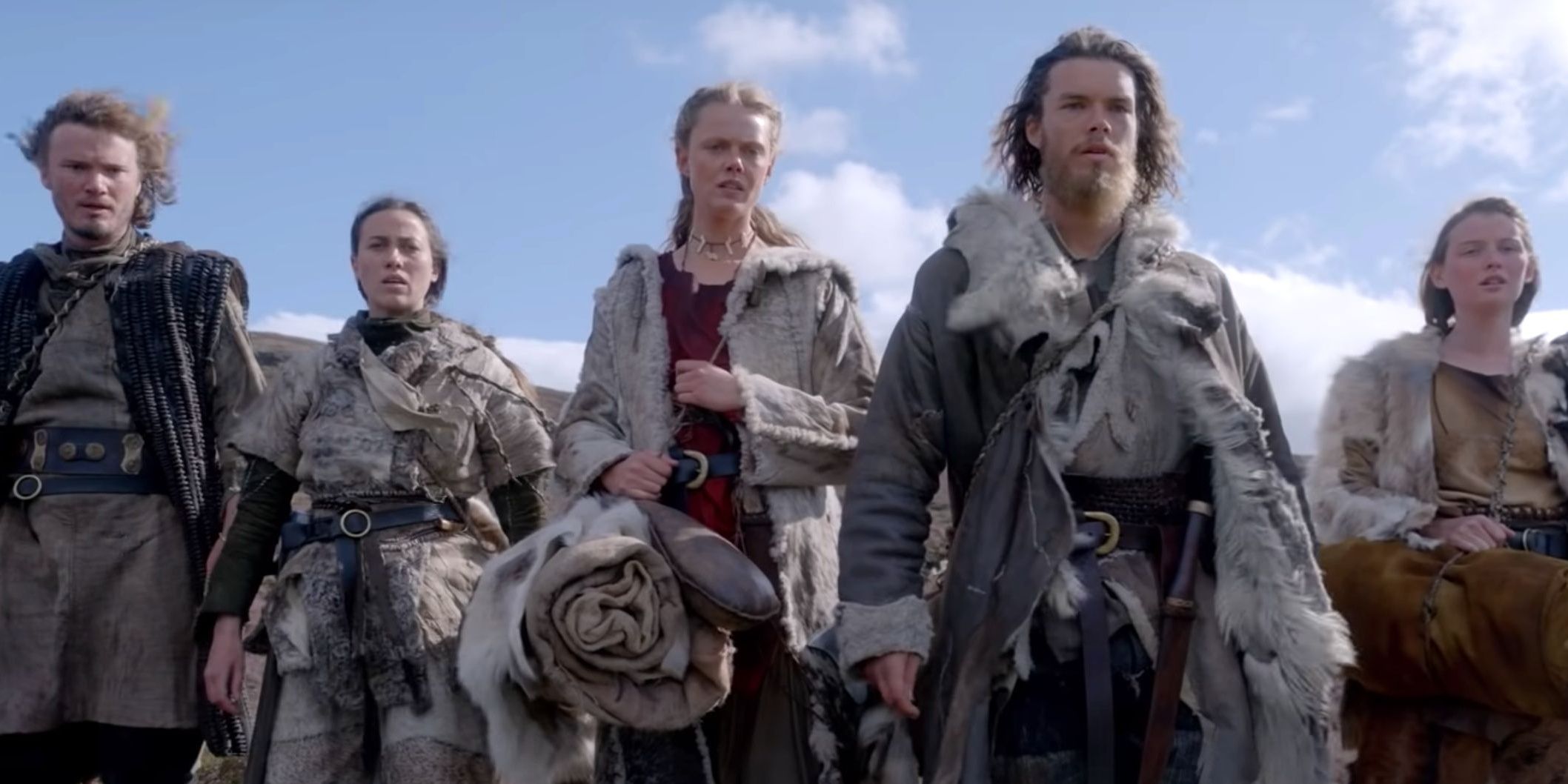Among the biggest historical shows to come recently is Vikings: Valhalla. A sequel to the original Vikings, it chronicles the Norse explorers' exploits a hundred years later. At the center of it all is Leif Erikson, a Greenland sailor who struggles to carve out his destiny in a changing world. Like any historical tale, however, Valhalla takes artistic liberties with Leif's journey.
The writers omit certain elements detailed in sagas and other accounts. This serves the story they want to tell. Alternatively, they may be saving these threads for future seasons since they deal with Leif's achievements later in life. Whatever the reason, these omissions shouldn't stop fans from reading up on the real Viking. His tale is just as interesting as his TV counterpart.
7 He Sailed To America
This is the achievement that Leif is most famous for. His sagas mention an incredible new place filled with greenery and wonder. The name that he and his fellows settle on is "Vinland," but experts generally agree this is somewhere in North America. Archaeological evidence might even back this up.
The ruins of L'Anse aux Meadows, a Norse settlement in Newfoundland, is a prominent topic of discussion. Historians theorize that this is Leif's handiwork. At the moment, though, he's occupied with the Viking wars in England and Norway. The show hasn't explored his later voyages, narratively or geographically. That said, it's partially a Canadian production, so the creators are probably eager to tie the aforementioned ruins in with Erikson's story down the line.
6 He Converted To Christianity
The series sows the seeds for this in the first season. After several harrowing encounters, Leif marvels at his continued survival. Harald Sigurdson asserts that his fortune comes from a divine miracle, and the sailor seems to give credence to this. He starts to believe that, rather than the Norse gods, the God of Christianity is protecting him. Of course, those familiar with history know that this line of thinking goes much further.
Leif officially proclaimed himself a Christian while at the court of Olaf Tryggvesson. He even accompanied a priest on a mission to bring the religion to the Greenland settlers. Later episodes may see him embark on this mission to generate conflict with his roots.
5 His Birthplace
Leif and his friends sail into Kattegat during the first episode, claiming to hail from Greenland. As such, the other Vikings treat them as the mysterious "Greenlanders": hardy folk of a faraway place. How ironic that the real Leif comes from somewhere else.
Accounts are not certain regarding Erikson's origin, but most agree that he was born in Iceland. Of course, both it and Greenland are fraught with harsh climates. The original Vikings show even portrays them as such, but it's unclear why Valhalla moves Leif's birth from one to the other. Honestly, though, it's impressive that anyone survived in either place.
4 Multiple Siblings
One of the closest bonds in the show is between Leif and his sister, Freydis. He comes to Norway to help her get retribution for a past attack, and he fights in the Viking army to pay for her crime. Beyond that, viewers see a real sense of kinship in their interactions. As poignant as this is, though, she wasn't Leif's only sibling.
He also had two brothers: Thorvald and Thorstein. These guys didn't get nearly the attention of Erik's other children. The sagas are vague on their fates, but they seemed to die in ill-fated expeditions to Vinland. That's probably why they're absent from the show, as the writers would have little to work with.
3 His Wife
Leif's love interest in Season 1 is Liv, an old comrade from Greenland. Sadly, like the rest of his company, she meets an untimely end. This leaves him broken and angry, but there's a light at the end of the tunnel.
History sees Leif marry a noblewoman named Thorgunna, whom he meets in Scotland. She hasn't shown up in the series yet, but it's only a matter of time.
At this point, Leif is still establishing himself in the Viking world. He'll likely make it to uncharted lands in subsequent seasons. That will presumably be when he meets his eventual wife.
2 He Had Two Sons.
In addition to two brothers, Leif had two sons. Their names were Thorgils and Thorkell. Again, though, little is known about them. The sagas hardly mention Thorgils at all, and Thorkell is mainly known for becoming a Greenland chieftain after his father's passing. That said, they still might appear in the show.
Valhalla obviously depicts Leif's younger days. He hasn't had children or even married yet. The creators are likely saving these milestones for future plotlines. The first Vikings gradually established Ragnar Lothbrok's children over several seasons, so it would make sense to do the same with Leif's offspring.
1 His Foster Father
Leif's father--Erik the Red--wasn't the best dad. The show recounts how he frequently flew into homicidal rages, and history says he was ultimately banished from his home in Iceland. It was then that he entrusted Tyrker, one of his thralls, to look after his children. The serf became a paternal figure himself, with Leif referring to him as a "foster father." As such, he accompanied the sailor on many voyages. He even inspired the name "Vinland" for the mysterious shores they charted together, as Tyrker described his own country as being full of similar grapevines.
One wonders how the writers will justify this name since Tyrker is absent. He's not part of the Greenlander band sailing with Leif and Freydis. In fact, Erik is the only father whom these two mentioned. If he did have any thralls, they obviously didn't influence his children's lives the way Tyrker did.

